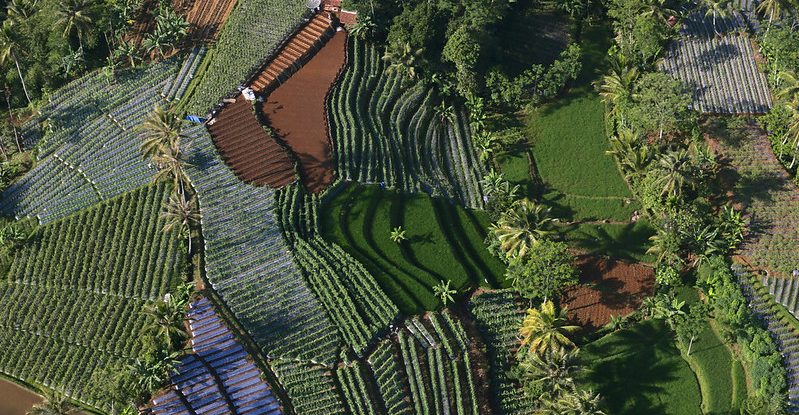
The Kunming-Montreal Global Biodiversity Framework (GBF) guides actions worldwide to preserve and protect nature – and its essential services to people – through 2030. It was adopted in December 2022 during the 15th Conference of the Parties (COP15) to the UN Convention on Biological Diversity (CBD). To help meet these goals, an open-ended intergovernmental scientific advisory body known as the Subsidiary Body on Scientific, Technical and Technological Advice (SBSTTA) provides timely advice to the CBD COP. This week, the SBSTTA brings together biodiversity experts, practitioners, governments, and civil society to facilitate the implementation of the framework.
Under the new GBF, the CBD for the first time recognizes the importance of managed lands’ contribution to the conservation and restoration of biodiversity. Goal A of the Framework calls upon all the 196 parties to the convention to provide the enabling environment to maintain, enhance, and restore the integrity, connectivity, and resilience of all ecosystems –including agricultural and urban areas.
This historic achievement is a direct contribution of the German International Climate Initiative (IKI)-funded Trees on Farms for Biodiversity (IKI-TonF) project, which was implemented between 2018 and 2021 at the global level and in five countries – Honduras, Peru, Uganda, Rwanda, and Indonesia. It directly contributed to the GBF’s development by actively engaging with SBSTTA and the Open-ended Working Group of the Post-2020 GBF, and by working closely with technical advisors and the CBD focal points in all five countries.
With well over 40% of the world’s habitable land surface devoted to food production, agriculture has a major impact on biodiversity, climate change and human well-being. In its historical focus on protected areas, however, the CBD has traditionally seen agriculture as one of the biggest threats to biodiversity. Yet, in a world where the welfare of 8 billion people depends on both natural and agricultural biodiversity, the CBD’s goal of ‘living in harmony with nature’ can only be achieved if agriculture and environment ministries and their agencies work together in the monumental effort needed to avert the looming biodiversity crisis.
The new GBF is thus a key political opportunity to bridge the disconnect between government agencies and to assist in implementing a joint agenda on food production, human well-being, and biodiversity conservation. Its recognition of the importance of agricultural ecosystems for biodiversity conservation – and that the way we use and work agricultural land matters – provides for the first time in history an incentive for governments to protect or restore mixed, complex agricultural landscapes with trees and halt transformation to large-scale monocultural landscapes. It also recognizes the roles of farmers, including Indigenous farmers, as stewards of the land, and their importance in conserving wild as well as agricultural biodiversity. National biodiversity strategies (NBSAPs) following the new GBF now need to emphasize the role of mixed agricultural landscapes, and the role of forests and trees, and must provide a mandate and role for ministries of agriculture and farmers as partners in biodiversity conservation.
Now, as the SBSTTA sets its course to aid the framework’s implementation, this fresh and much-deserved attention to such landscapes and their biodiversity represents a significant point of inflection along the path to a hoped-for harmonious future.
Publications:
- Realizing the potential of Trees on Farms for biodiversity and livelihoods
- Mainstreaming biodiversity and livelihood through Trees on Farms and agroforestry in Indonesia
- Generating capacity, commitment, and consensus to support Trees on Farms for Biodiversity
- Rooting deeply Trees on Farms into Rwanda’s local, national, and global agenda
- From the Woods to Action: TonF now at the forefront in Uganda’s restoration agenda
Related stories:
- Analysis: Will biodiversity talks bridge governmental divide?
- Feature: Whats on the horizon for the upcoming post 2020 biodiversity framework
- Feature: The missing piece of new biodiversity goals-agricultural landscapes
- Are trees on farms a biodiversity blind spot?
We want you to share Forests News content, which is licensed under Creative Commons Attribution-NonCommercial-ShareAlike 4.0 International (CC BY-NC-SA 4.0). This means you are free to redistribute our material for non-commercial purposes. All we ask is that you give Forests News appropriate credit and link to the original Forests News content, indicate if changes were made, and distribute your contributions under the same Creative Commons license. You must notify Forests News if you repost, reprint or reuse our materials by contacting forestsnews@cifor-icraf.org.